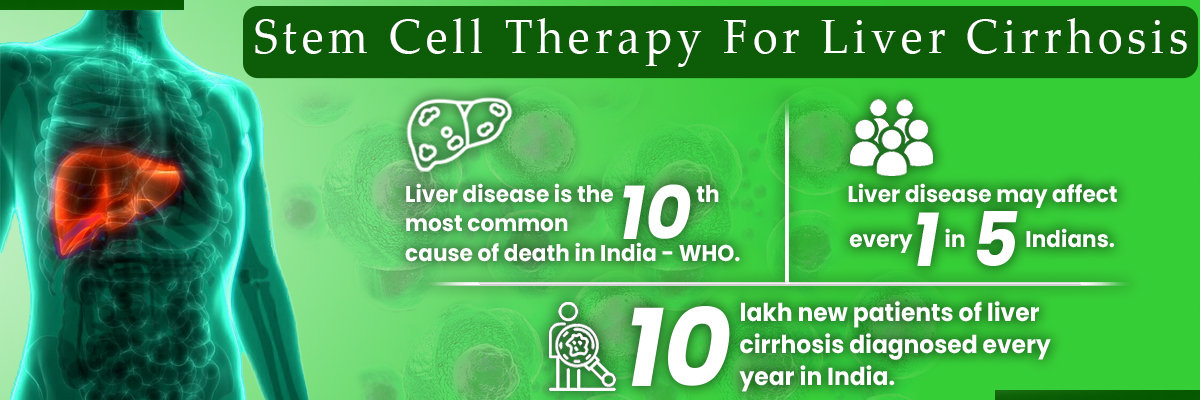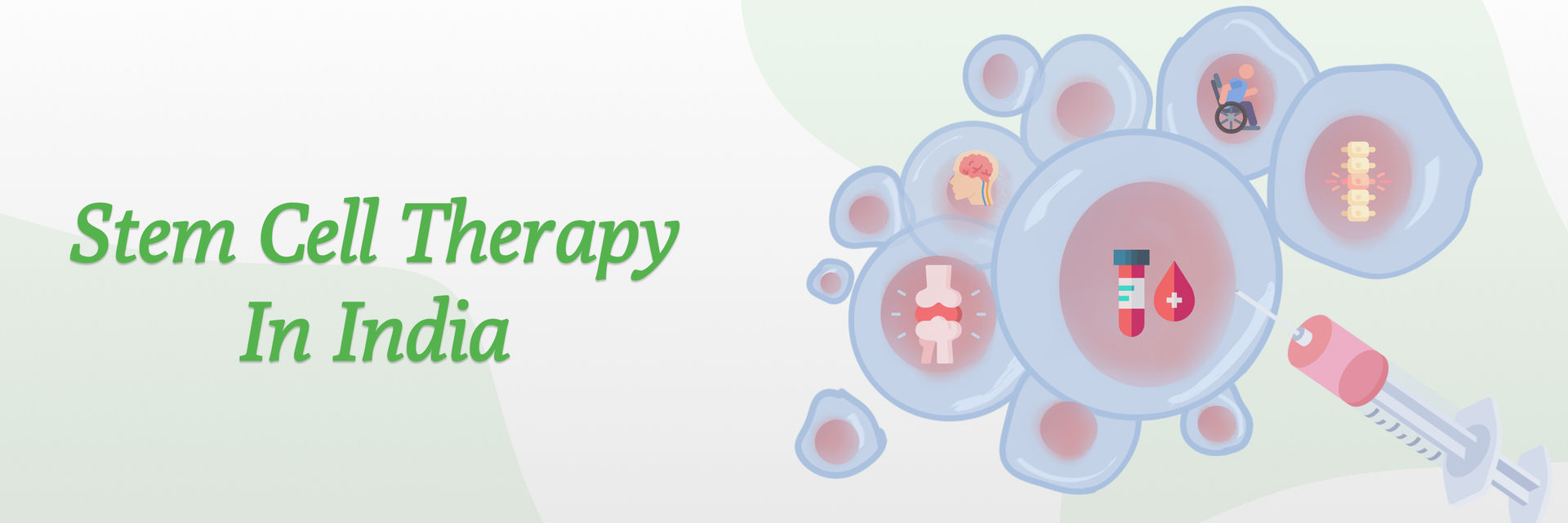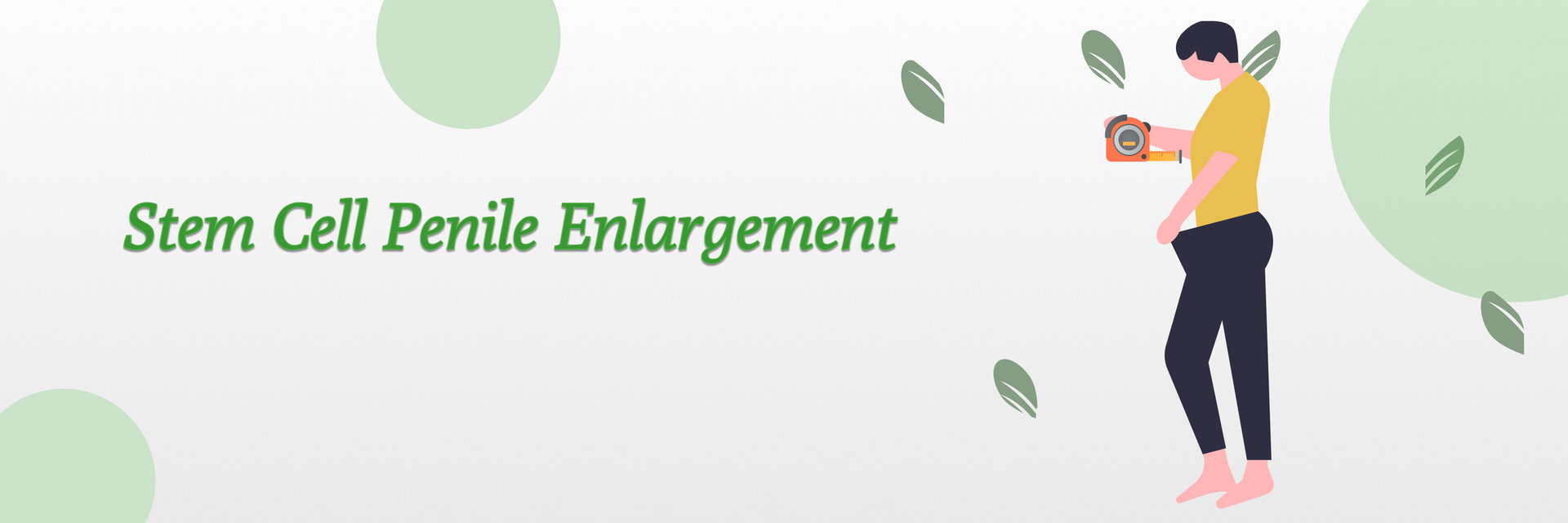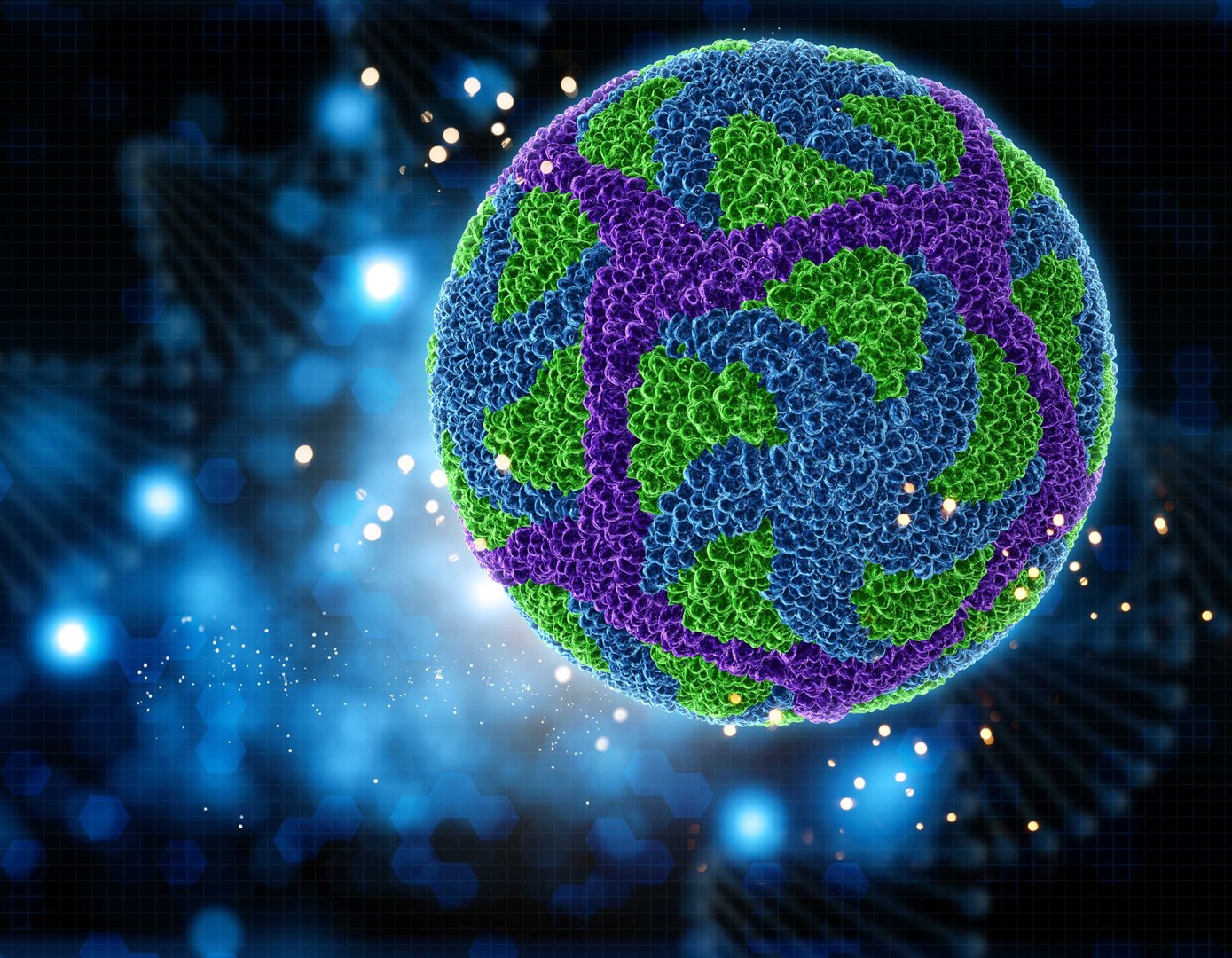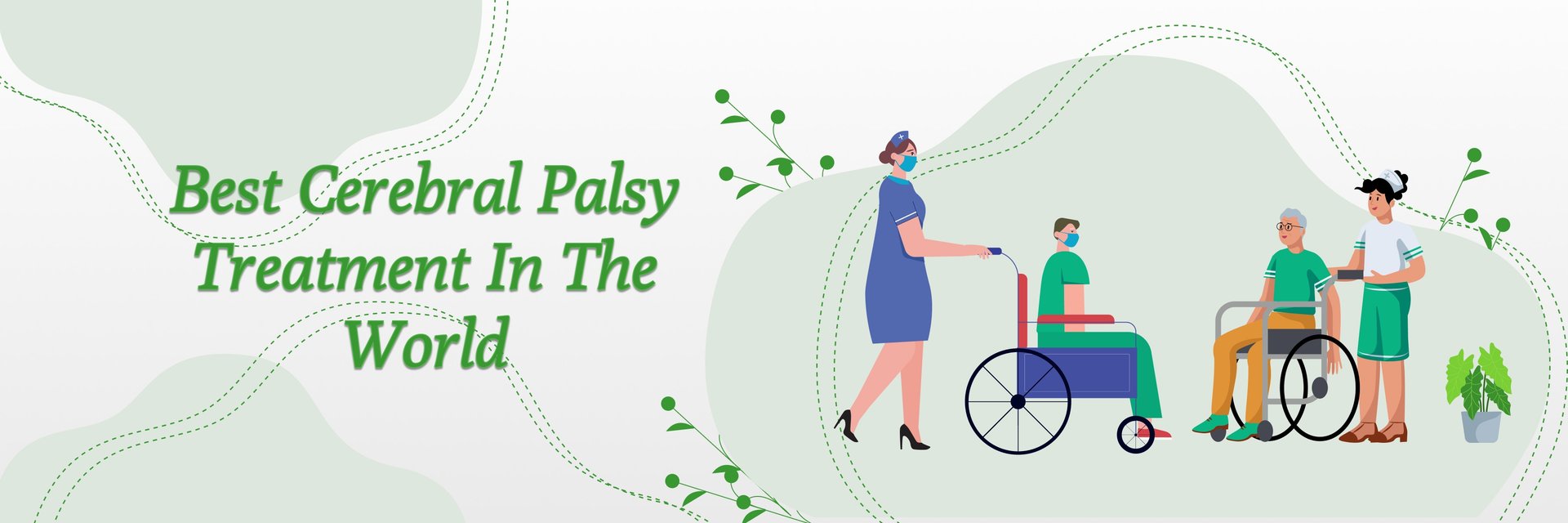Introduction
Back pain is more than a nuisance—it can be debilitating. In most individuals, the origin of that pain is not so much muscle strain or a bad back. It's a bulging disc, where the cushion-like structures between your vertebrae get hurt, generating sharp pain, stiffness, and frequently shooting pain down the arms and legs. This is not simply about pain—its impact is on work, sleep, and daily activities. The older traditional methods, such as surgery and pain medication, are bound to provide short-term relief or extended recovery. But, what if your own body cured you? That is where stem cell treatment comes in. With advances in Stem Cell Research, physicians now have the choice of utilizing stem cells to possibly regrow broken discs, calm inflammation, and recover function without surgery. This blog will explore in depth how this groundbreaking therapy can benefit people with slipped discs, ruptured discs, or intervertebral disc degeneration. Even after this read, if you want more information about this topic, you can connect with professionals to get professional medical advice.
What Is A Herniated Disc?
Your spine is made up of vertebrae supported by discs—picture these as shock absorbers that make flexibility and movement easy. A bulging disc happens when the softer middle section of a disc pushes into a weak spot in the tougher outer layer. Also known as a ruptured disc or slipped disk, the disc is not so much "slipping" somewhere—it ruptures or bulges and compresses surrounding nerves. It can lead to burning pain in the back, tingling, numbness, and even muscle weakness. In its most extreme cases, the herniated disc grossly inhibits movement and degrades your way of life. It is generally mistaken for sciatica or arthritis initially, but the symptoms do tend to accumulate. Early and proper diagnosis is required because, if left untreated, it may lead to greater serious nerve damage or long-term pain. If you are considering stem cells as a viable option, then you can book a doctor appointment on our platform in just minutes.
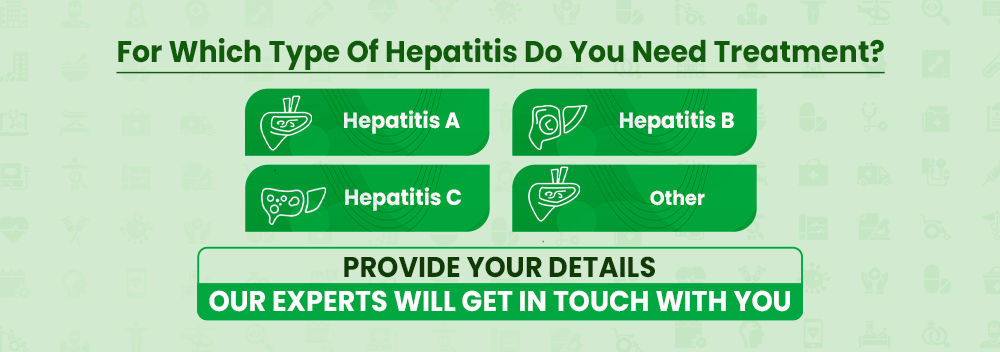
Causes & Symptoms Of Herniated Disc
A majority of disc herniation is the result of wear and tear with age, referred to as intervertebral disc degeneration. With aging, your discs become less flexible, less elastic, and less hydrated, thus are at increased risk of tearing or rupturing. However, a herniated disc can be caused by trauma or injuries due to lifting heavy objects incorrectly, twisting, falling, or repetitive strain on the back and spine. Sedentary lifestyle, obesity, and smoking are also risk factors for it. In particular, structural problems like bone spurs or conditions that necessitate rheumatoid arthritis treatment can lead to damage to the disc as well.
Symptoms also differ based on the location of the disc. A herniated disc in the lumbar region can cause stabbing, sharp pain in the leg (sciatica), whereas a herniated disc in the neck can cause arm and shoulder pain. Burning or tingling pain, numbness, or actually, are typical symptoms, especially with movement. Muscle weakness or lack of ability to hold or grasp objects can also result if the nerves are under severe compression. Some may have constant lower back pain that is exacerbated by activity, while some are symptom-free until the condition progresses.
Conventional vs Stem Cell Treatment
| No. | Aspect | Conventional Treatment | Stem cell Treatment |
| 1) | Approach | Symptomatic reliefe | Regenerative healing |
| 2) | Goal | Reduce pain and inflammation | Repaid disc tissue and restore function |
| 3) | Methods Used | Physical therapy, OTC anti-inflammatory drugs, steroids, injections | Injections of stem cells from patients or donor into the affected discs |
| 4) | Invasiveness | Can be invasiveness (especially surgery) | Minimally invasiveness (injection-based) |
| 5) | Effectiveness | Often provides temporary reliefe, does not address the root cause | Lower risks, quick recovery, promotes long term healing |
How Do Stem Cells Work In Disc Repair?
Think of stem cells as your body's repair crew. When put into an area of injury, they get acclimated to the tissue and begin to proliferate new cells to replace the damaged ones. For disc herniations, the treatment generally involves extracting mesenchymal stem cells (MSCs), typically from your fat or bone marrow, and injecting them right into the swollen disc. The procedure is all too often image-guided to ensure correct placement. Upon entering the body, the stem cells de-inflammation, repair the structure of the disc, and reinstate its ability to cushion. They generate proteins and growth factors that encourage the repair of the cells and bring other cells for healing to the area. In contrast to surgery, which manipulates the spine's anatomy, this treatment leaves the body to use its natural healing, and therefore is much less invasive. It also treats the structural problem and the inflammatory microenvironment responsible for nerve compression and back pain.
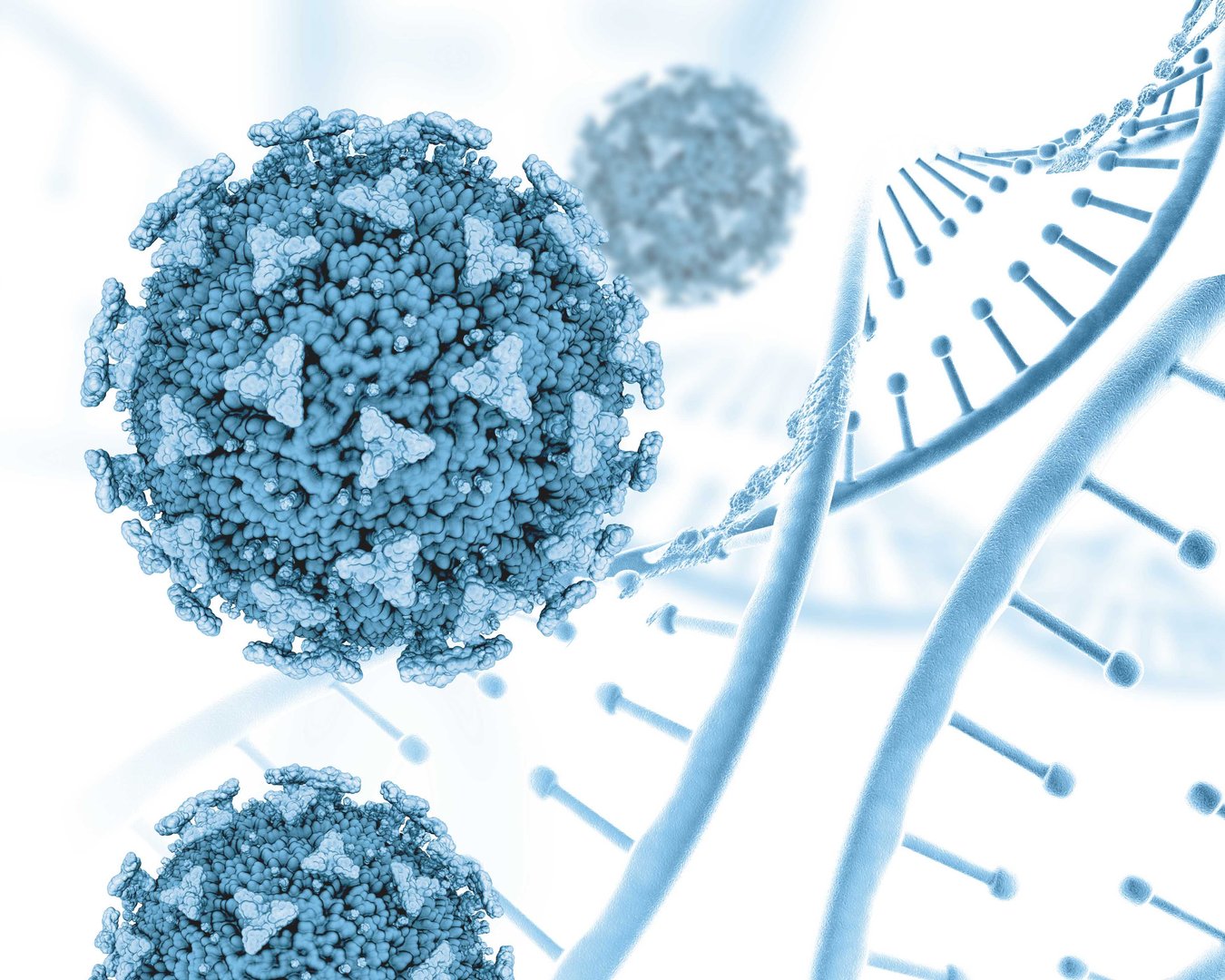
Types Of Stem Cells Utilized
The treatment utilizes different stem cells, and the selection is based on the disease of the patient, cost, and availability. Most frequently utilized are autologous mesenchymal stem cells, which are taken from the patient's own body, most commonly bone marrow or fat tissue. They are the primary choice since they are safe and less likely to be rejected. Another option is allogeneic stem cells, which are donated and also most frequently extracted from donors such as umbilical cord tissue. They are highly active but involve a slightly greater regulatory obstacle. The better-established clinics also provide stem cells sourced from umbilical cord blood that have been found to display regenerative capabilities. These are typically preserved by stem cell storage or stem cell preservation. Candidates opting for this option should know about the cost of stem cell storage and preservation fees, which may differ depending on the clinic and location.
Benefits Of The Treatment
The advantages of stem cell therapy for herniated discs are functional and sustained. Pain is relieved, mobility is enhanced, and baseline function is noted in most patients weeks following treatment. Unlike symptomatic suppressing medication, this therapy is to the issue—damage and inflammation of the disc. Stem cells, over time, reconstitute disc tissue, decompressing pressure from the nerves and diminishing the necessity for analgesics or anti-inflammatory medications.
Another huge plus. It's minimally invasive. No big incisions, no hospitalization, no long recoveries. Patients typically can get back to light activities in a week and continue to get stronger over several months. And since it takes advantage of the body's processes, there's a natural integration with surrounding tissues—no implants, no hardware. It's also being considered as a possible treatment for patients with serious spinal disorders or rheumatoid arthritis patients undergoing therapy, where the integrity of the discs is lost because of chronic inflammation.
Risks Involved
Even with its potential, stem cell therapy is not riskless. Localized pain or minimal inflammation at the site of injection are common side effects. Infection or adverse immune reactions can arise, although they are a low probability, especially in the case of allogeneic cells.
Also, since this treatment is under continuous research in most nations, long-term outcomes are being studied. Outcomes may differ depending on the level of degeneration, health of the patient, and the clinic's experience. These risks can be minimalized by getting consulted by the best stem cell doctors in India.
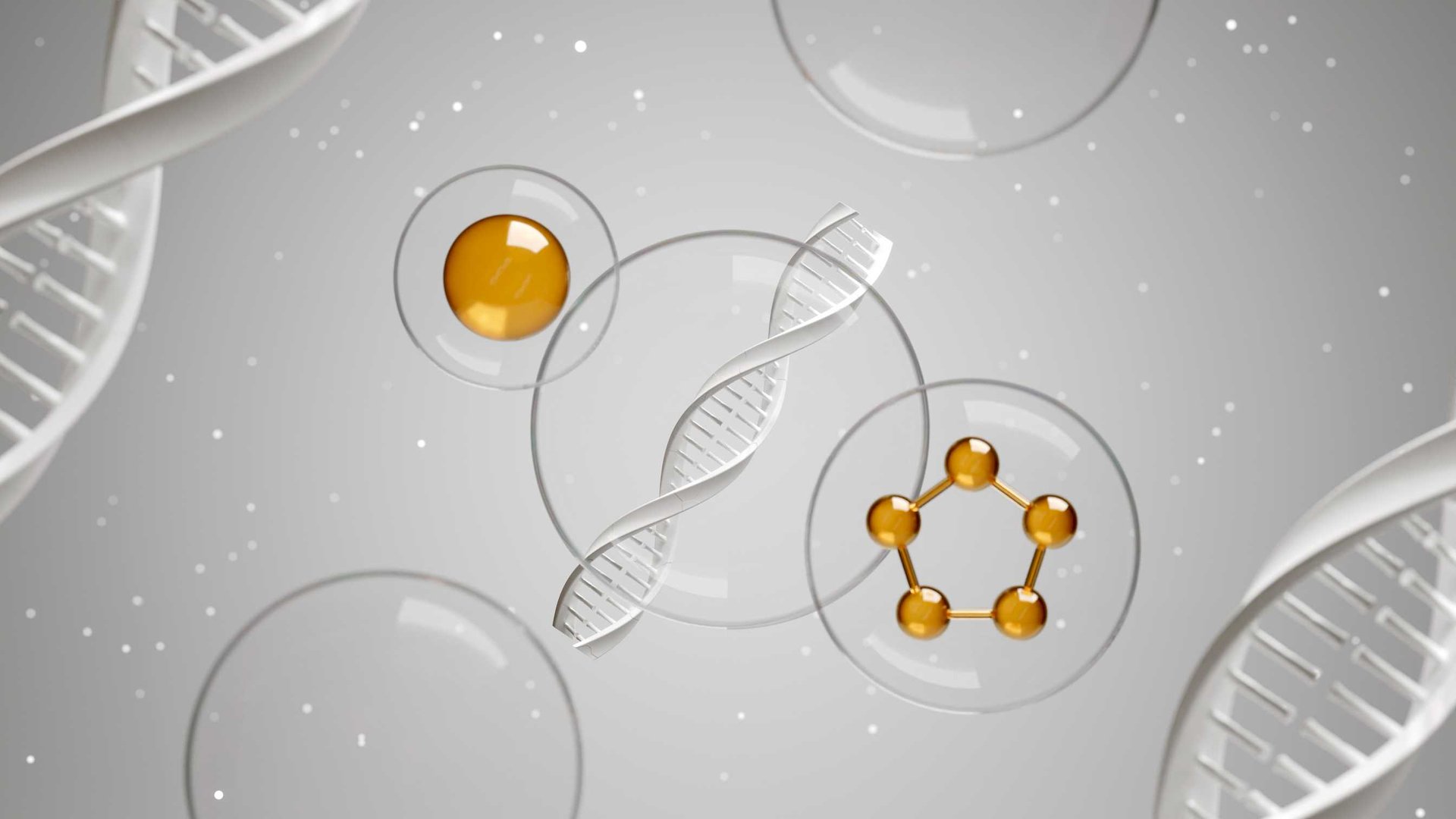
Who Is An Ideal Candidate?
Stem cell therapy for a herniated disc is not a universally applicable remedy. It is most suited to patients who are at the mid-stage of intervertebral disc degeneration, in which the disc is compromised but not completely collapsed. Such patients have some remaining disc height and structure so that stem cells can function effectively in the repair and regeneration process. Normally, younger adults—between the ages of 25 and 55—are the best candidates, as they will have a better healing response and healthier tissue around them, which will make the therapy more successful. The treatment is also perfect for individuals who are not good candidates for surgery because of the medical risks involved or simply do not want to go through the invasive nature and prolonged recovery that comes with spinal procedures. Good general health is crucial; patients should not have uncontrolled illnesses such as diabetes, autoimmune disorders, or major immunosuppression, as these may disrupt the healing process.
Recovery & Post-Treatment Care
Recovery is simpler than surgery. General routine is:
- Rest for a few days, no heavy lifting
- Physical therapy after 1–2 weeks
- Low-impact activity by week 4
- Full recovery to normal in 2–3 months
Success hinges on compliance with rehab and not stressing the spine during early healing.
Summary
Bulging disc, caused by disc degeneration, trauma, or structural abnormalities such as bone spurs, can result in long-term back pain and nerve symptoms. Traditionally applied slipped disk treatment techniques provide symptomatic relief but do not effectively treat the underlying condition.
Stem cell treatment now offers a revolutionary option: tapping into the body's reparative potential to rebuild degenerated discs, eliminate inflammation, and establish long-term healing.
With many cell types to choose from and benefits such as lower risk of surgery and faster recovery, the potential is great, but high-quality screening of candidates and high-quality care are necessary. With Stem Cell Research growing and costs for stem cell storage and regenerative preservation decreasing, increasingly, people will be able to pay for the therapy. The future of spinal medicine appears more regenerative, targeted, and potent—no sugarcoating, just honest hope.

